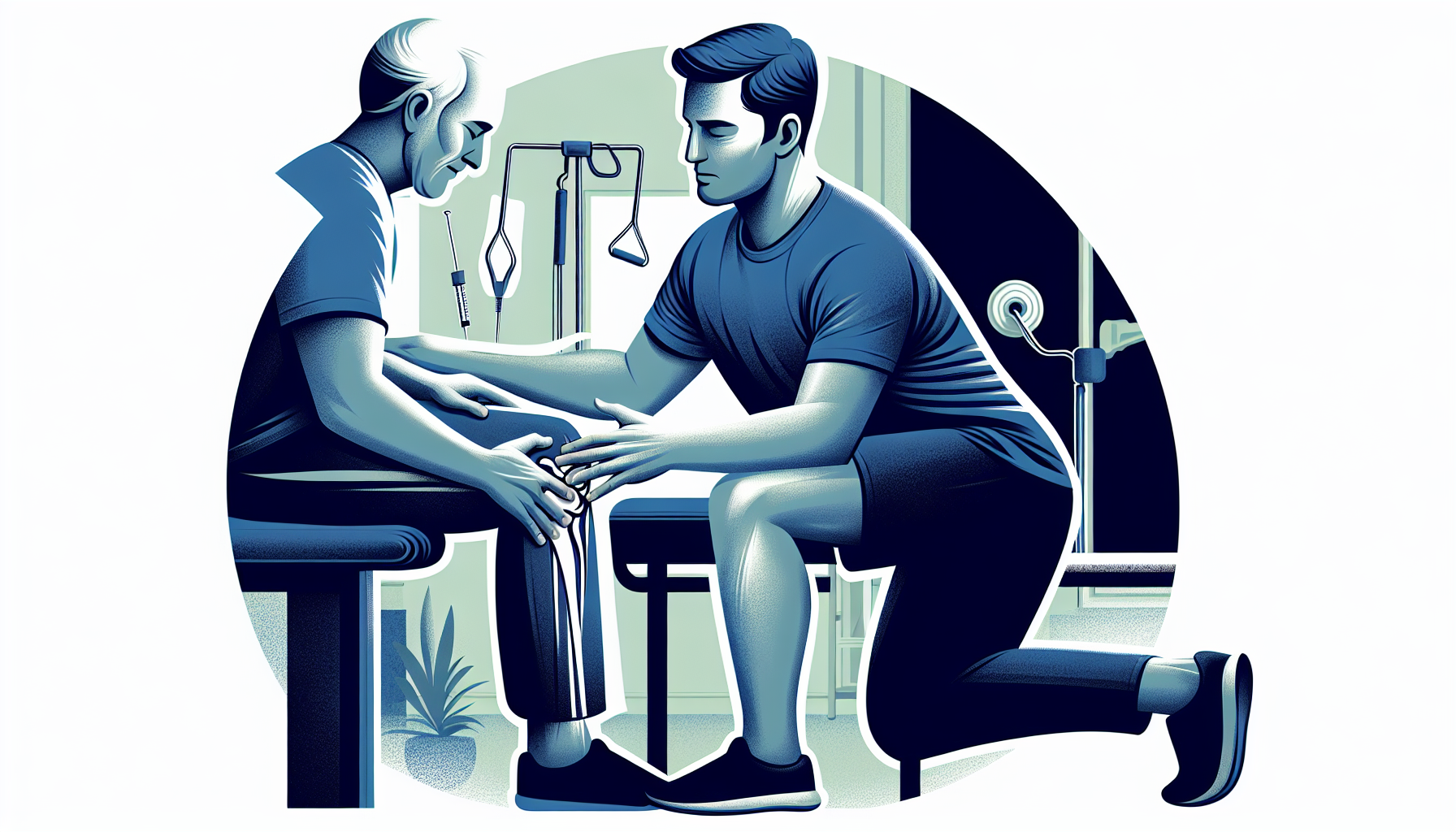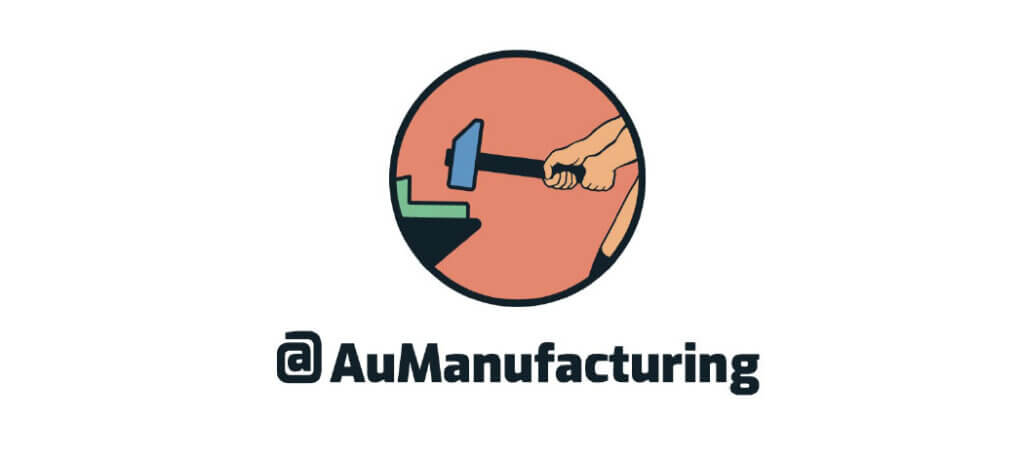Effective pain management after knee arthroplasty surgery is essential for a smooth recovery. This article covers personalized pain management plans, pre-emptive analgesia, local anesthetics, systemic medications, and non-drug methods. We’ll guide you through the best practices to alleviate pain and improve your recovery.
Key Takeaways
- A personalized pain management plan is crucial post-knee arthroplasty, adapts to recovery progress, and includes a combination of medications and non-medication techniques to control pain effectively.
- Pre-emptive analgesia techniques, such as administering acetaminophen or NSAIDs before surgery, help reduce postoperative pain and the reliance on opioids, facilitating a smoother recovery.
- Local anesthetics and nerve blocks, like local infiltration analgesia (LIA) and genicular nerve blocks, offer targeted pain relief and reduce the need for systemic opioids, contributing to improved pain management post-surgery.
1 Personalized Pain Management Plan
Every individual’s path to recovery is unique, much like their experience of pain. Hence, the importance of a personalized pain management plan cannot be overstated. Collaboration with your surgeon and anesthesiologist ensures that your pain management strategy acknowledges the nuances of your condition, surgical procedure, and personal tolerance for pain.
Inadequately controlled postoperative pain can be more than just uncomfortable; it can lead to complications that impact your recovery progress, such as poor wound healing or even respiratory issues. Comprehending your pain’s sources, such as surgical incisions, inflammation, or the healing process itself, becomes imperative to avoid the development of chronic pain.
Keep in mind that acute postoperative pain, varying from mild to severe, usually diminishes as your healing progresses. During this time, using a combination of medications and non-medication techniques can achieve effective pain control with fewer side effects.
Being realistic about postoperative pain and adaptable with your pain management plan according to your recovery progress is vital. Regularly assessing pain levels using a pain scale is an indispensable tool for this adjustment process.
Your pain management plan might include various types of pain medicine, from acetaminophen for mild pain to opioids for more severe discomfort. The multimodal approach, which is integral to enhanced recovery after surgery (ERAS) pathways, combines different types of pain management strategies to provide superior postoperative pain relief.
Follow-up appointments play a significant role in postoperative pain management. Frequent consultations with your surgeon facilitate the monitoring of your recovery and necessary modifications to your pain management plan.
Remember, the goal is not just to reduce pain but to achieve satisfactory postoperative pain relief that allows for active participation in postoperative rehabilitation and a return to daily life.
In summary, a personalized pain management plan:
- Is your roadmap to a smoother recovery
- Takes into account your unique pain profile
- Evolves with you
- Ensures that you experience less pain and more mobility every step of the way.
Pre-Emptive Analgesia Techniques
The battle against postoperative pain begins even before you enter the operating room. Pre-emptive analgesia techniques, which involve administering pain medications before the onset of pain, are a proactive step in your pain management journey. These techniques are designed to reduce not only the perception of pain but also the need for opioids after surgery, promoting a quicker and more comfortable recovery. Medications such as acetaminophen, NSAIDs, or COX-2 inhibitors, when taken before surgery, can effectively blunt pain pathways.
Both intravenous and oral acetaminophen have been shown to reduce postoperative opioid consumption, forming an important part of a multimodal preemptive pain management strategy. For those who can tolerate it, oral acetaminophen is recommended over its intravenous counterpart due to its cost-effectiveness, despite there being no significant difference in opioid consumption post-surgery.
Another player in the arena of pre-emptive analgesia is gabapentin, which has been found to decrease opioid consumption at 24 hours postoperatively. This not only aids in pain management but also minimizes the potential side effects associated with opioid use. In comparison, postoperative epidural analgesia is another effective method for managing pain after surgery.
These preemptive measures are an investment in your postoperative comfort. By addressing pain before it fully manifests, you set the stage for superior postoperative pain relief and a smoother transition into the recovery phase.
Local Anesthetics and Nerve Blocks
Local anesthetics and nerve blocks are like targeted soldiers in the battle against postoperative pain. Techniques such as local infiltration analgesia (LIA) and genicular nerve blocks offer a focused attack on pain, delivering relief right where it’s needed.
LIA involves the direct injection of anesthetic around the knee joint, reducing inflammation and pain in the immediate postoperative period. Although the effects of LIA are potent, they are often short-lived, making it a critical component of early postoperative pain control.
Genicular nerve blocks prevent pain signals from reaching the brain by targeting specific nerves around the knee. These blocks are quick, often taking just 5 to 10 minutes, and use imaging guidance for precise delivery. After the procedure, a short rest period allows the medication to take full effect.
Regional anesthesia, including nerve blocks, must be tailored to individual patient needs, considering factors such as the surgery and available resources to provide the most effective care.
By incorporating these targeted pain relief methods, the reliance on opioids postoperatively can be reduced, paving the way for better postoperative analgesia and fewer side effects.
Systemic Pain Medications
While local anesthetics target specific areas, systemic pain medications work throughout the body to manage pain. Acetaminophen, NSAIDs, and opioids are the mainstays of this approach, each playing a crucial role in postoperative pain control.
Acetaminophen, frequently chosen for its effectiveness and low risk of side effects, centrally mitigates nociceptive pain, proving ideal for mild to moderate pain relief. Adhering to the recommended dosage ensures maximal benefits without breaching safe limits, a necessary step to prevent liver damage.
NSAIDs, like ibuprofen and naproxen, manage postoperative pain by reducing inflammation. Their analgesic and anti-inflammatory properties are invaluable, but they must be used with caution due to potential side effects such as gastrointestinal issues and increased cardiovascular risks.
Opioids, used for managing severe pain, come with their own set of risks and benefits. Medications like oxycodone, hydrocodone, and morphine are powerful tools when used judiciously.
Antispasmodics, including muscle relaxants, can alleviate muscle spasms, which are often a source of discomfort post-surgery.
Although systemic pain medications form a pivotal part of postoperative pain management, their use necessitates vigilant monitoring to strike a balance between effectiveness and safety. By considering individual patient needs and potential risks, a comprehensive and effective pain management regimen can be established.
Nonpharmacological Pain Relief Methods
Pain management after knee arthroplasty is not solely reliant on medications. Nonpharmacological methods play a critical complementary role in the overall strategy. Techniques such as cryotherapy, compression stockings, and TENS units offer pain relief without additional drugs. A study on arthroplasty a meta-analysis further supports these findings.
Cryotherapy, the application of cold to affected body parts, can significantly reduce pain and inflammation, numbing the targeted area and facilitating quicker recovery. Ice packs, for instance, are a simple yet effective form of cryotherapy that can be applied to the knee to control swelling and provide pain relief.
Compression stockings support improved blood circulation and reduce swelling, which in turn alleviates pain associated with postoperative recovery.
TENS units deliver electrical currents through the skin to stimulate nerves, reducing the perception of pain and offering an alternative to pharmaceutical interventions.
These nonpharmacological methods serve as handy tools in postoperative pain management. They enable a multimodal approach, augmenting pain relief while lessening dependence on pain medications.
Early Postoperative Rehabilitation

Postoperative rehabilitation is a cornerstone of recovery, helping to manage pain and improve functional outcomes after knee arthroplasty surgery. Early involvement in rehabilitation programs, which include a variety of exercises and activities, is key to enhancing patient function.
Gentle movements, weight-bearing activities, and strength-strengthening exercises are advised soon after surgery to prevent stiffness and promote healing. Walking, an essential component of recovery, should be initiated with the support of assistive devices to aid mobility and reduce pain during movement.
Functional exercises, such as stair climbing and riding an exercise bike, improve blood flow and restore the ability to perform daily activities. These activities, guided by a physical therapist, are designed to strengthen the knee, improve flexibility, and manage pain.
Patients who engage in early postoperative rehabilitation and adhere to prescribed exercises tend to experience superior functional outcomes and a faster return to normal activities.
Regular physical activity, including walks, helps reduce discomfort and prevent complications such as blood clots and constipation.
Merging early and active rehabilitation with proficient pain management empowers patients to traverse the postoperative period with enhanced comfort and confidence.
Balancing Activity and Rest
Recovery from knee arthroplasty is a delicate dance between activity and rest. While movement is essential for regaining strength and mobility, rest is critical for healing and pain management.
Continuous passive motion (CPM) devices can aid in improving knee flexion in the early postoperative phase, although their long-term effects on clinical outcomes are still being studied. Using ice and elevating the leg after exercise can also relieve pain and swelling, which is essential for a comfortable recovery.
It’s important to create a recovery space that is comfortable and conducive to healing. This includes having easy access to essentials and supportive furniture that can help you rest adequately and reduce discomfort.
Alternating between periods of activity and rest helps patients avoid overexertion and additional pain, laying the foundation for an efficient and smoother recovery.
Recognizing and Addressing Complications
Vigilance in the postoperative period extends beyond pain management—it’s also about recognizing and addressing complications promptly. Issues such as deep vein thrombosis (DVT) or wound infections can not only cause additional pain but can also have serious repercussions if not treated in time.
Being aware of symptoms such as excessive swelling, redness, warmth, increased pain, or fever is of paramount importance as they could indicate complications needing immediate medical intervention.
In some cases, nerve or tissue damage during knee surgery may occur, necessitating either surgical intervention or natural healing processes. For symptoms like persistent knee pain or instability, physiotherapy and exercises may be recommended.
Prompt recognition and intervention in the face of complications can prevent further pain and ensure a smoother recovery journey.
Long-Term Pain Management Strategies
As you move beyond the initial stages of recovery, long-term pain management strategies become increasingly important. A balanced diet, stress-reducing techniques, and activity adjustments are all part of a sustainable approach to managing residual pain and protecting your knee replacement.
Incorporating foods rich in anti-inflammatory properties, such as fruits, vegetables, and omega-3s, supports healing and can reduce inflammation. Stress-reducing techniques like deep breathing, meditation, or mindfulness can complement your pain management regimen.
Adjusting daily activities to avoid high-impact exercises and making regular check-ups with your healthcare provider will help monitor the condition of your total knee replacement and address any long-term pain issues related to total knee replacement surgery.
Preserving a positive mindset and concentrating on progress can further bolster motivation and foster compliance with pain management strategies.
By adopting these long-term strategies, you can continue to enjoy the benefits of your knee replacement while managing any residual pain effectively.
Summary
As we’ve explored, managing pain after knee arthroplasty surgery involves a multifaceted approach that includes personalized pain management plans, preemptive analgesia, targeted local treatments, systemic medications, nonpharmacological methods, and diligent rehabilitation. Balancing activity with rest and being vigilant about potential complications are equally important for a successful recovery.
Remember, effective pain management is not a one-size-fits-all solution—it’s a personalized journey that requires patience, perseverance, and partnership with your healthcare providers. Embrace the process, and soon you’ll be stepping into a future with less pain and more freedom.
Frequently Asked Questions
How soon after knee arthroplasty can I expect to start walking?
You can expect to start walking soon after knee arthroplasty, with the support of assistive devices like crutches, a walker, or a cane, guided by your physical therapist.
Are there any alternatives to opioid medications for pain management after knee surgery?
Yes, there are alternatives to opioid medications for pain management after knee surgery including acetaminophen, NSAIDs, local anesthetics, nerve blocks, and nonpharmacological methods like cryotherapy and TENS units. These can reduce or eliminate the need for opioids.
Is it normal to experience severe pain after knee arthroplasty surgery?
Yes, it’s normal to experience severe pain after knee arthroplasty surgery, but effective pain management strategies can help control it and the pain should diminish over time.
Can I use ice packs for pain relief after knee replacement surgery?
Yes, applying ice packs to your knee can help reduce swelling and numb the area, providing relief from pain after knee replacement surgery. It is a common form of post-surgery cryotherapy.
What long-term lifestyle changes may be necessary after knee arthroplasty?
After knee arthroplasty, it’s important to maintain a balanced diet, engage in low-impact exercises, practice stress-reduction techniques, and avoid high-impact activities to protect the knee replacement and manage residual pain.





 William D. Murrell, MD
William D. Murrell, MD Thomas B. Evely, DO
Thomas B. Evely, DO Clifford Voigt, MD
Clifford Voigt, MD Karthikeyan Chinnakkannu, MD
Karthikeyan Chinnakkannu, MD Max N. Seiter, MD
Max N. Seiter, MD Demetris Delos, MD
Demetris Delos, MD Lauren M. Fabian, MD
Lauren M. Fabian, MD